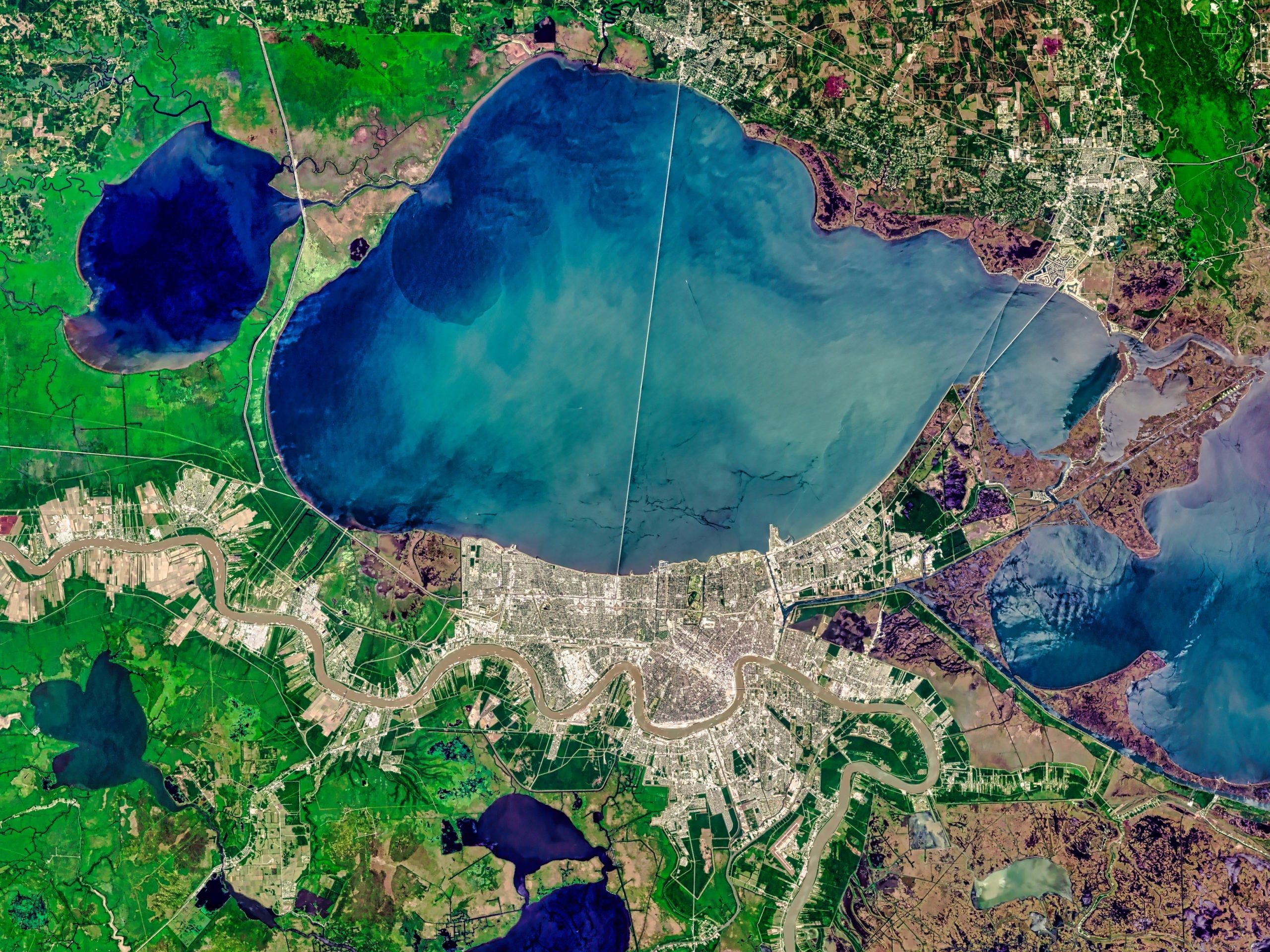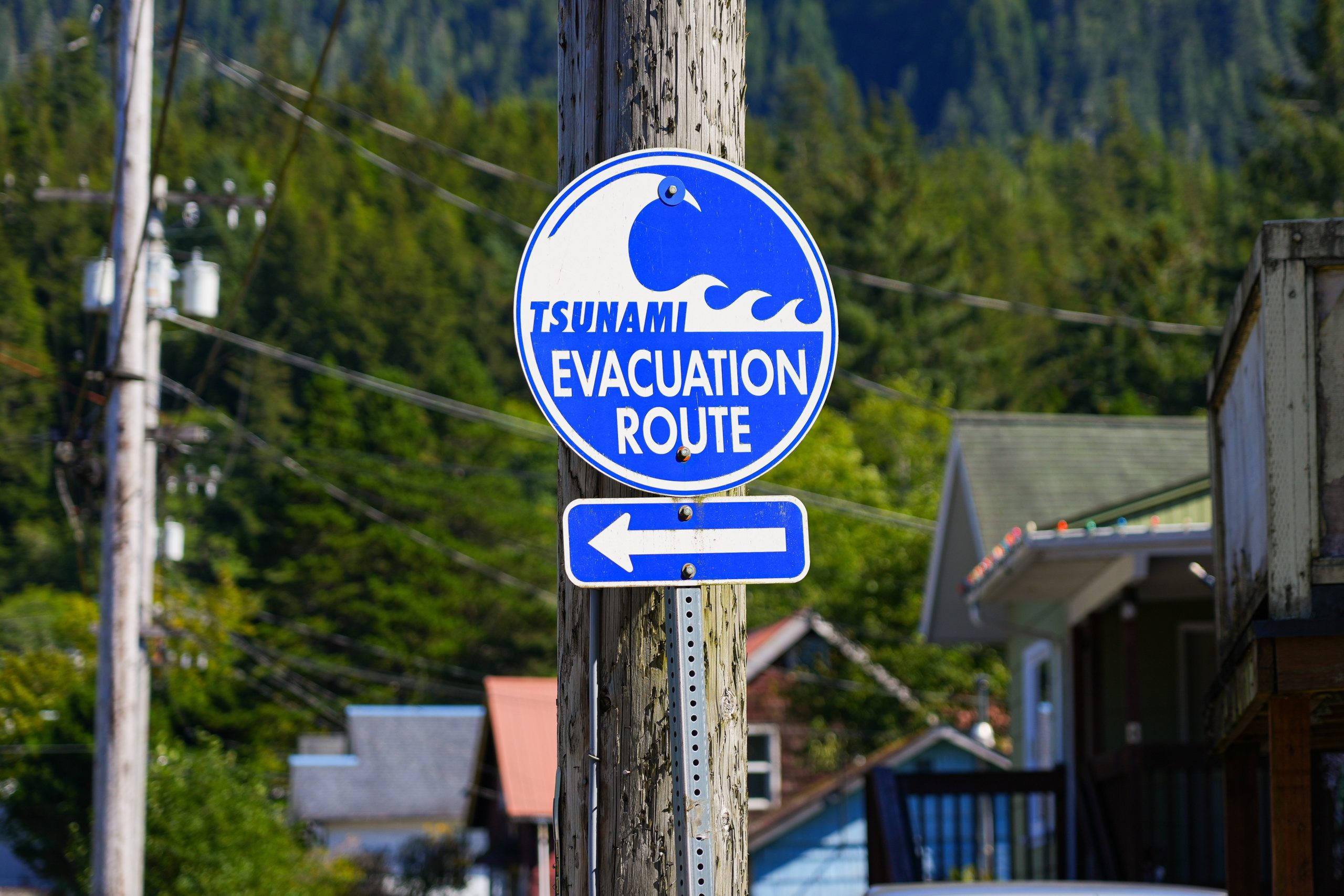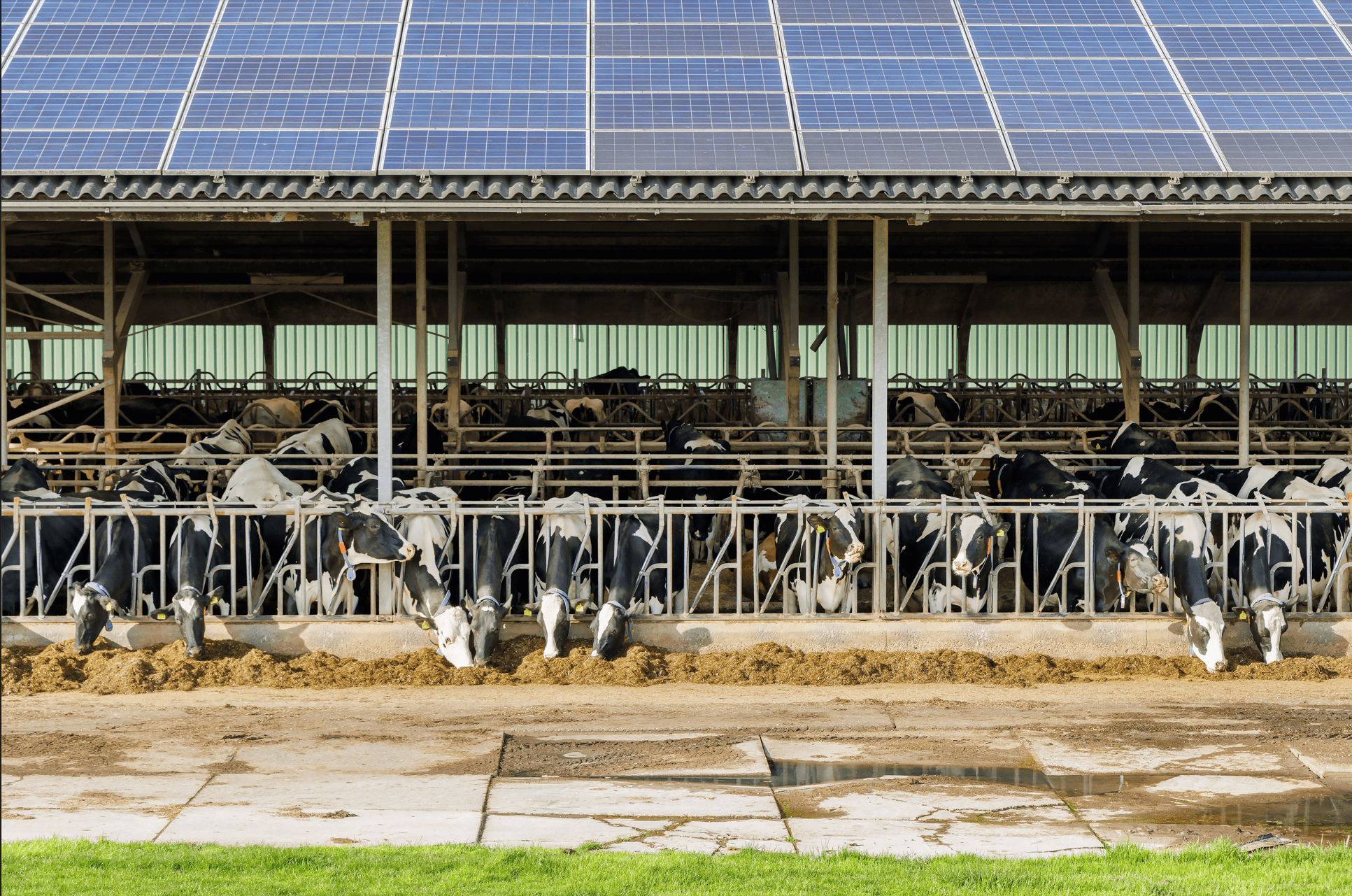
On April 11, a draft memo from the Office of Management and Budget (OMB) was publicly released, detailing potential cuts to the National Oceanic and Atmospheric Administration (NOAA). Altogether, the memo indicates almost $1.7 in proposed, “pre-decisional” budget cuts, formulated amid the passback process wherein the agency can appeal OMB’s decision. These cuts represent 27 percent, more than a quarter, of the agency’s budget for fiscal year 2026, with key targets being NOAA’s grant and education programs, research, and broadly climate-related programs.
Different NOAA offices will be impacted differently, with the Office of Oceanic and Atmospheric Research (OAR) taking the greatest hits. OAR produces weather and climate science to predict natural disasters and weather forecasts and would lose three-quarters of its funding, effectively ending its utility as an office. This puts all 16 of NOAA’s cooperative institutes are at risk, as they are housed under OAR; some have not even received their funding for fiscal year 2025. Other NOAA offices are facing proposed cuts as well, such as a potential 30 percent cut to National Marine Fisheries Service’s (NMFS) and a proposed 50 percent cut to National Ocean Service’s (NOS). Funding for all six Regional Climate Centers’, who uplift information about regional climate conditions, is also under threat.
These proposed cuts add to a series of attacks on NOAA offices and programs. NOAA employees have been fired, then rehired, then fired again, largely through the removal, then reinstatements, then reversal of the reinstatements of probationary workers; the emotional chaos continues to reverberate through the reorganizations and layoffs as structured in the OMB’s memo. Last week, four of the six centers — those representing the High Plains, the Midwest, the Southeast, and the South — had their contracts expire, due to the lag generated by Commerce Secretary Howard Lutnick’s personal examination of every NOAA contract valued at about $100,000. Money is reportedly once again flowing to the centers, as evidenced by the Midwest Regional Climate Center’s announcement about its restored funding.
The impacts of these budget cuts are varied and significant. NOS’ cuts would eradicate programs like the Coastal Zone Management Grants, Competitive Research, the Integrated Ocean Observing System Regional Observations, the National Coastal Resilience Fund, the National Estuarine Research Reserve System, and the National Centers for Coastal Ocean Science; four of these programs have received funding from the Infrastructure Investment and Jobs Act (IIJA). Another IIJA-funded program, the Habitat and Conservation Restoration program, would no longer be funded by the NMFS. Also, OAR would lose the IIJA-funded Sea Grant program.
Backlash about these plans have sounded from previous NOAA officials, research organizations, and industry interests such as Alaska’s commercial fishing operations and farmers. Former NOAA administrator Rick Spinrad described the passback proposal as potentially taking the U.S. back “20 or 30 years” on access to climate information in an appearance on CNN. Meteorologists and other atmospheric and climate researchers underscored the loss of models for predicting the behavior of extreme weather events like hurricanes, tornadoes, and tropical storms due to a lack of funding for climate data via weather balloons and NOAA aircraft, as well as impacts on their own, novel research in an article from the Yale Daily News.
Further, an article from KTOO laid out how Alaskan commercial fisheries and fishermen will be put at greater risk without predictive weather information and analysis and proper recommendations for catch limits without data from NOAA’s fisheries division. Other nationwide stories, such as these written by E&E News, detail NOAA’s impacts on small-to-medium-sized fishermen and fisheries, who rely on NOAA to open and close fisheries and update their management plans. Finally, NOAA’s data informs agricultural operations on up-to-date climate and weather predictions such as drought forecasts, nitrogen management, and rainfall intensities, complicating farms’ resource management, as reported by the Daily Press out of Virginia.
Publicly, the changes to NOAA are already being felt. On April 14, NOAA posted new climate change data to social media in place of its usual in-depth web explanation of annual increases in carbon dioxide concentrations. In fact, that data described how atmospheric carbon dioxide levels experienced a record spike of 3.75 parts per million last year, significantly larger than 2015’s previous record of 2.96 parts per million. Some NOAA activities remain consistent. Just yesterday, a NOAA official gave a presentation on changes to this year’s hurricane and storm reporting, and estimated that the 2025 hurricane forecast would be released in mid-May, earlier than in previous years as storm trends have experienced “rapid intensification.”
The timeline for negotiation of the passback proposal is currently unclear. Several advocacy efforts are underway, including the deliverance of an open letter signed by over 2,500 scientists from the Union of Concerned Scientists to Secretary Lutnick and Congress. But the widespread public negative reaction to its slashes decries the proposal writ large across sectors. In the age of information, data collection, analysis, and subsequent modeling is key not only to maintain the pace of advancement, but also to protect the millions of Americans who reside in climate- or extreme weather-impacted areas.


